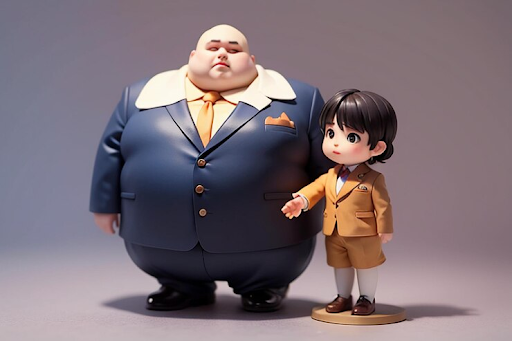“The Selfish Giant Part 2 : Question and Answers” is a blog or article that delves into the beloved fairy tale by Oscar Wilde, exploring the unanswered questions and thought-provoking aspects of the story. This engaging piece of content provides insights and answers to the inquiries that arise from reading the popular tale. Read More Class 8 English Question and Answers.
In Part 2 of Oscar Wilde’s fairy tale “The Selfish Giant,” the giant is punished for his selfishness by being forced to live in a cold and barren land. He pines for the beauty of his garden and the joy of the children who once played there. When the children return to the garden, the giant is overjoyed and realizes that he was wrong to keep them out.
The Selfish Giant Part 2 Question and Answers

Answer the following questions.
Question 1.
How is the ‘child’ different from other children?
Answer:
The child is not an ordinary child. He is an angel who came from the heaven. He changed the attitude of the Giant. He took him to the heaven.
Question 2.
How does the narrator explain the idea of spring time? Pick out some expressions.
Answer:
Spring is season of new life and liveliness. When there was the spring in the garden, it was all beautiful with the singing of birds and flowers. When the spring didn’t come there, it was all cold and lifeless.
The expressions which explain the idea of spring time :
- ‘The birds did not come to sing, and the trees forgot to blossom.” (when the spring did not come)
- “I heard some lovely music.”
- ‘The Hail has stopped dancing.”
- ‘The North Wind has ceased roaring.” (ii to v expressions suggest the coming of the spring.)
- “A delicious smell is coming from the window.”
Question 3.
What are the figurative expressions used in the play? List them and mention their significance.
Answer:
The figurative expressions used in the play are:
i) Simile: a) Here and there over the grass stood beautiful flowers like stars – flowers are compared to ‘stars’ using ‘like’.
ii) Personification :
a) The people who were pleased best were the Snow and the Frost.
b) Spring has forgotten this garden.
c) The snow covered up the grass with her great white cloak, and the Frost painted all the trees silver.
d) He roared all day about the garden and rejoiced in blowing the chimney-pots over.
e) The North Wind, and the Hail, and the Frost, and the snow danced about through the trees.
f) The Hail has stopped dancing. g) The North wind has ceased his roaring.
h) The flowers were looking up through the green grass and laughing.
i) It is merely the spring asleep.
j) The flowers are resting.
‘Snow’, ‘Frost’, ‘Spring’, ‘Hail’, ‘North Wind’ and Flowers are represented as human beings.
iii) Metaphor :
My garden shall be the children’s playground for ever and ever.
The word ‘garden’ is used to describe the word ‘playground.’
Question 4.
What is the central theme of the play?
Answer:
The two main themes of the play are ‘selfishness’ and ‘love’. People who are selfish don’t want to share their things with others. They want to keep everything for themselves. But when they do that, they find themselves all alone. The giant was selfish. He didn’t want to share his garden with the children. He sent them away. But when he sent them away, he was left with nothing but cold and frost. When he didn’t have selfishness, he was taken to the Paradise. Our lives are empty and lonely without love. Love brightens our world and brings us happiness. When the Giant loved others, his garden became beautiful and full of life.
“The Selfish Giant” is a story of redemption and forgiveness. It is also a story about the importance of love and community.
